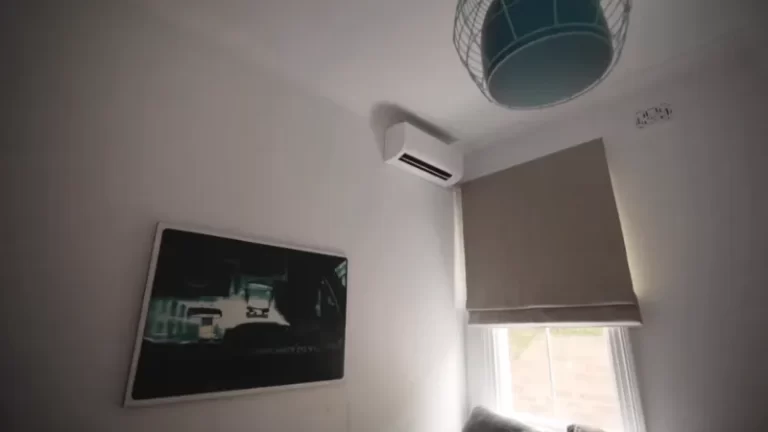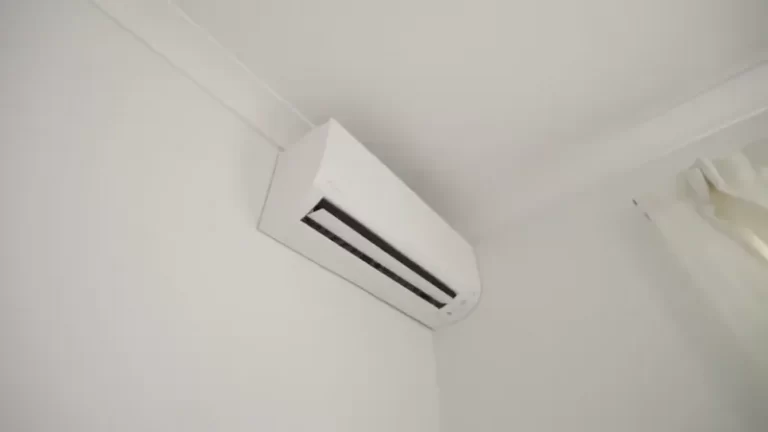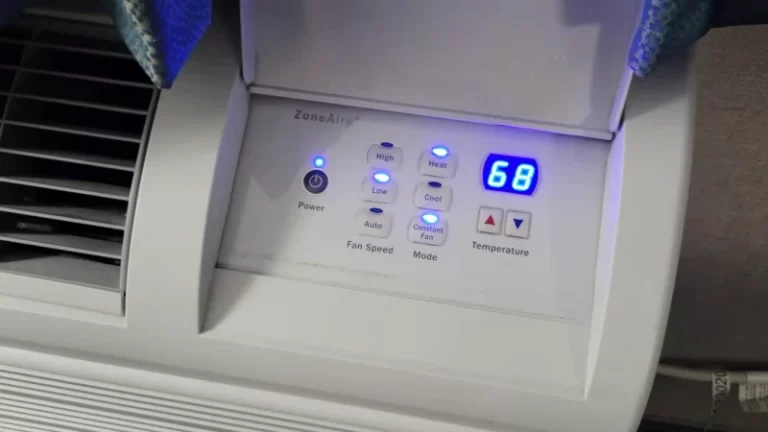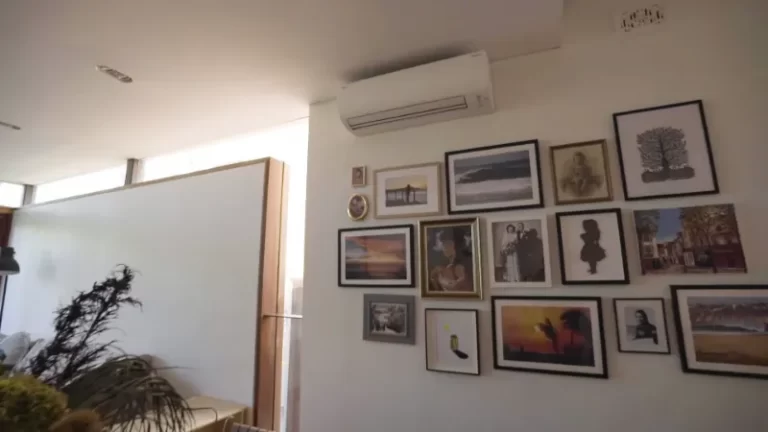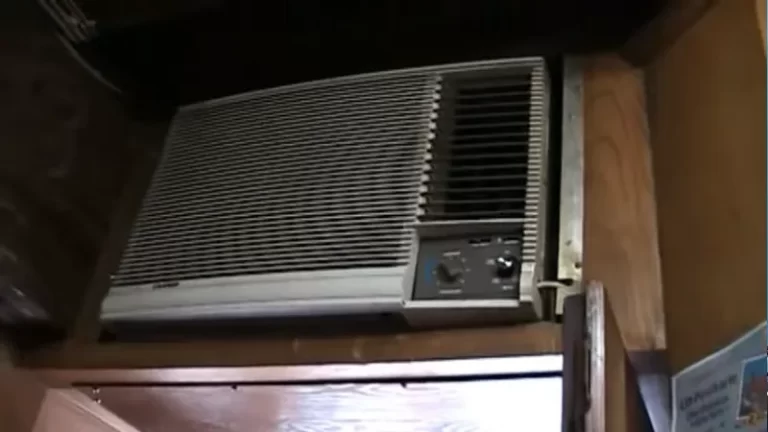Ways to Install Window AC With Storm Windows That Actually Work
Installing a window air conditioner can seem like a straightforward task, but storm windows often throw a wrench in the works. Many homeowners find themselves puzzled when the AC unit doesn’t fit correctly, tilts the wrong way, or leaves significant gaps. This common problem can lead to improper drainage, reduced cooling efficiency, and even damage to your window frame.
The core issue lies in the design of storm windows, which typically have a raised frame that interferes with the proper placement and angle of a standard window AC unit. Without the correct setup, your air conditioner may drain condensation back into your home instead of outside, creating a host of potential problems. Fortunately, there are effective solutions to overcome this challenge.
You'll Learn About
Understanding the Core Problem: The Storm Window Frame
The primary obstacle when installing a window AC with storm windows is the storm window’s frame itself. This frame often sits higher than the interior windowsill, creating an uneven surface. When you place a window AC unit on this surface, it will likely tilt backward, into your room.
This backward tilt is a significant issue because window air conditioners are designed to have a slight downward slope to the outside. This design ensures that condensation collected by the unit drains properly away from your house. When the unit is tilted inward, that water can leak inside, potentially damaging your windowsill, floor, and walls.
Furthermore, the storm window frame can prevent the main window sash from closing securely on top of the AC unit, creating security risks and large gaps. These gaps allow cool air to escape and hot air to enter, defeating the purpose of the air conditioner and driving up your energy bills. Ignoring this installation challenge isn’t just inefficient; it’s a recipe for water damage and wasted energy.
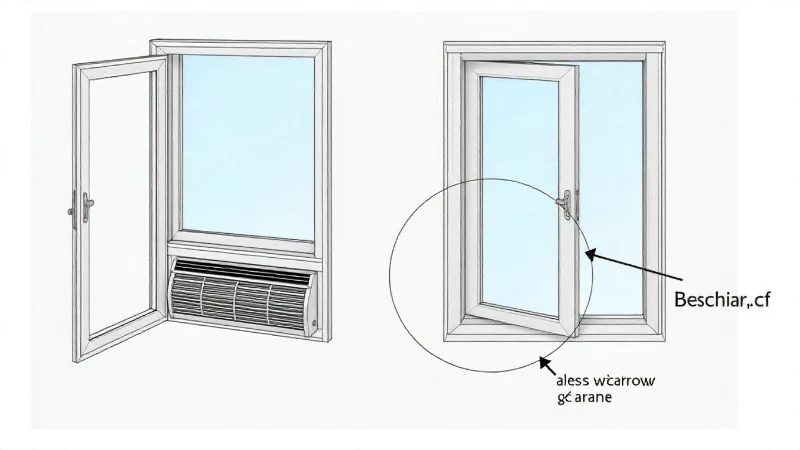
Why a Level or Backward Tilt is Bad News
A window AC unit needs to be installed with a slight downward tilt to the exterior, typically about one degree or a half-bubble on a level. This ensures that all the condensation from the cooling process flows out the back of the unit. A unit that is perfectly level or, even worse, tilted backward, will cause water to pool inside the unit and eventually overflow into your home.
This can lead to immediate water damage and create a damp environment perfect for mold and mildew growth. Addressing the tilt is the most critical part of successfully installing a window AC with storm windows. The goal is to create a stable, elevated base on the interior sill to counteract the height of the storm window frame.
Actionable Solutions for a Perfect Installation
Successfully installing your window air conditioner with storm windows is achievable with a bit of preparation. The key is to create a level and secure platform that allows the AC unit to have the correct downward tilt to the outside. Here are the most effective methods to achieve this.
Method 1: The Simple Spacer Block Solution
For most situations, a simple piece of wood is all you need to solve the height difference. This is the most common and straightforward solution recommended by professionals and experienced DIYers.
First, measure the height difference between your interior windowsill and the top of the storm window frame. You will need a piece of wood, like a 1×2 or 2×4, that is slightly taller than this measurement to ensure the proper outward tilt. The wood should be cut to the width of your window opening.
Secure this wooden spacer block to your interior windowsill. This raised platform now provides a level surface for your AC unit, allowing it to clear the storm window frame and achieve the necessary downward slope for proper drainage. It’s a simple fix that directly addresses the core problem.
Method 2: Utilizing a Support Bracket
A window AC support bracket is another excellent solution, especially for heavier units or for homeowners who want extra security. These brackets are installed on the exterior of the house and support the weight of the air conditioner, taking the pressure off the window frame and sill.
When using a support bracket with storm windows, you will likely still need a spacer block on the interior sill. The bracket provides the primary support, while the spacer ensures the correct tilt. Many modern brackets are adjustable and can be configured to work with various window and wall thicknesses, offering a versatile and secure installation.
This combination provides a robust and safe setup that protects your window from damage and ensures your AC unit functions correctly. It’s a great option for larger units or for installations on upper floors where safety is a primary concern. Considering whether are si windows worth it might also influence your long-term window and cooling strategy.
Method 3: Removing the Storm Window Panel
In some cases, the simplest solution is to remove the lower sash of the storm window or the entire storm window assembly for the season. This completely eliminates the obstruction, allowing for a standard AC installation. However, this may not be ideal for everyone, as it reduces the overall insulation of the window opening.
If you choose this method, be sure to store the storm window panel in a safe place where it won’t be damaged. You will also need to be diligent about sealing any gaps around the AC unit to prevent air leaks. While effective, this method does trade the convenience of an easier installation for a slight decrease in energy efficiency around the window.
Step-by-Step Installation Guide
Once you’ve chosen your method, follow these steps for a secure and efficient installation. Proper execution is key to avoiding common pitfalls.
Preparation is Key
Before you begin, gather all your tools and materials. You’ll likely need a tape measure, a level, a drill, screws, a wooden spacer block, and high-quality foam weatherstripping. If you’re using a support bracket, have that ready as well. It’s also wise to have a helper, as window AC units can be heavy and awkward to handle.
Clean the window sill and tracks thoroughly to ensure a good seal. A clean surface will allow the weatherstripping to adhere properly, preventing drafts and improving efficiency. Preparing your workspace will make the entire process smoother and safer.
Installing the Unit
First, install your spacer block or exterior support bracket. Once that is secure, carefully lift the AC unit and place it in the window, centered on the sill and resting firmly on your support system. The back of the unit should be slightly lower than the front.
Lower the main window sash down firmly onto the top of the air conditioner. Most units have a flange that the sash should fit behind. Secure the AC unit to the window sash and the spacer block using the manufacturer-provided screws or brackets for a stable installation.
Sealing for Maximum Efficiency
With the unit securely in place, the final step is to seal all the gaps. Extend the accordion side panels to meet the window frame and secure them. Use foam weatherstripping to fill the space between the upper and lower window sashes and any other small gaps around the unit.
A proper seal is crucial for preventing energy loss. Taking the time to meticulously seal any and all openings will ensure your AC cools effectively and doesn’t have to work harder than necessary, saving you money on your electricity bill. For homeowners with unique exterior finishes, coordinating this with projects like installing overlapping board and batten vinyl siding can ensure a cohesive look.
| Installation Method | Pros | Cons | Best For |
|---|---|---|---|
| Spacer Block | Simple, inexpensive, effective for creating proper tilt. | Requires some basic cutting and securing of wood. | Most standard installations with double-hung windows. |
| Support Bracket | Provides excellent security, reduces stress on the window. | More expensive, can be more complex to install. | Heavy AC units, upper-floor installations, vinyl windows. |
| Removing Storm Window | Easiest AC installation, no obstructions. | Reduces window insulation, requires storage for the panel. | Situations where other methods are not feasible. |
Frequently Asked Questions
Navigating the specifics of your window and AC unit can bring up more questions. Here are answers to some of the most common inquiries.
Can I just rest the AC on the storm window frame?
No, you should never rest the weight of the air conditioner on the storm window frame. These frames are not designed to bear that much weight and can be easily damaged. Always ensure the unit is supported by the windowsill, a spacer block, and/or an exterior support bracket.
Putting weight on the storm window frame is a common mistake that can lead to costly repairs. It compromises the stability of the installation and can cause the frame to bend or break, ruining the seal of your storm window.
What if I have vinyl windows?
Vinyl window frames can be more delicate than wood frames. For vinyl windows, using an exterior support bracket is highly recommended to distribute the weight of the AC unit and prevent damage to the vinyl sill and tracks. Be cautious when drilling into vinyl, and follow the bracket manufacturer’s instructions closely.
The combination of a support bracket and a light interior spacer block is often the safest bet for vinyl windows. This approach minimizes direct pressure and the risk of cracking or warping the window frame, ensuring a secure installation that lasts.
How do I ensure a good seal?
Beyond the accordion panels, use high-density foam weatherstripping to fill any and all gaps. Pay close attention to the gap between the top of the lower sash and the glass of the upper sash. You can also use weatherseal tape or removable caulk for a more airtight seal around the perimeter of the unit.
A thorough seal prevents energy loss and stops insects and rain from getting inside. This final step is just as important as the initial placement of the unit. Sometimes, a complete room overhaul, such as considering a project to how to convert a room back to a garage, might lead to rethinking the entire window and cooling setup.

